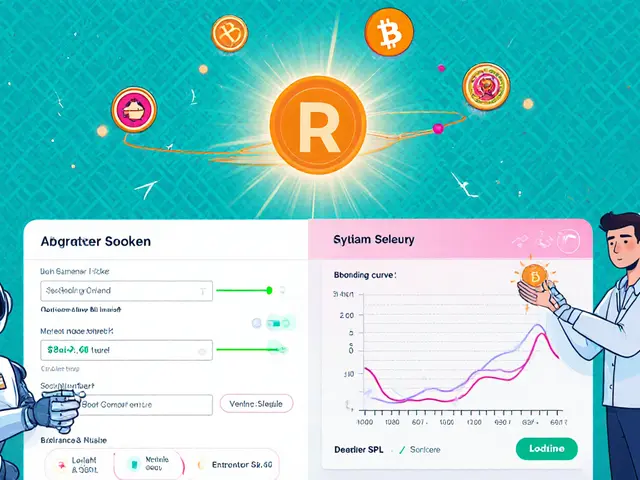TVL Calculation Methodology
When working with TVL calculation methodology, the set of rules and data sources used to compute the Total Value Locked in a DeFi protocol. Also known as TVL metric method, it helps investors compare how much capital is actually secured in smart contracts. Below we’ll break down why this matters, what pieces feed into the numbers, and where you can go wrong.
Understanding Total Value Locked, the dollar value of all assets locked in a protocol's smart contracts is the first step. TVL is the headline number you see on dashboards, and it directly influences protocol rankings and fund inflows. In simple terms, higher TVL usually signals more trust and deeper liquidity, which can attract even more users.
Next up are DeFi protocols, platforms that offer lending, borrowing, trading, or yield‑farming without a central intermediary. These protocols rely on accurate TVL data to set fees, reward rates, and risk parameters. When a protocol’s TVL is misreported, users may overestimate safety or underestimate slippage, leading to bad trading decisions.
The backbone of any TVL number is the Liquidity Pools, collections of paired assets that traders swap against automated market makers. Pools bring together tokens, and their combined market value forms a large chunk of the TVL figure. Different pool designs—constant‑product, stable‑swap, concentrated liquidity—require slightly different valuation approaches.
To turn raw on‑chain balances into a dollar value, you need reliable on‑chain data aggregation. This means pulling token balances from block explorers, querying price oracles, and normalizing for decimals. Many analytics platforms run nightly crawlers that snapshot every contract, then match each token to a market price from trusted exchanges.
Smart contract audits also play a role. A smart contract, the self‑executing code that locks assets and runs protocol logic must be verified to hold the assets you think it does. Audits confirm that no hidden withdrawal functions exist, which could otherwise inflate the reported TVL without real backing.
Challenges pop up when you factor in price oracles and cross‑chain assets. Oracle manipulation can temporarily swing token prices, inflating TVL artificially. Cross‑chain bridges may lock assets on one chain while showing them on another, requiring extra steps to avoid double‑counting.
Putting it all together, a solid TVL calculation follows these steps: (1) Identify every contract that locks user funds, (2) Pull token balances directly from the blockchain, (3) Match each token to a reliable market price, (4) Adjust for decimals and bridge mechanisms, (5) Sum the USD values, and (6) Publish the figure with transparent methodology. Following this workflow helps keep the metric trustworthy and comparable across projects.
Now that you have a clear picture of what goes into a TVL number, the articles below will dive deeper into individual aspects—price oracle security, liquidity pool design, and real‑world case studies of TVL reporting. Use this foundation to evaluate the metrics you see and make smarter DeFi decisions.
Learn how TVL (Total Value Locked) is calculated in DeFi, understand its challenges, and discover best practices for accurate, verifiable measurements.



 Finance
Finance




